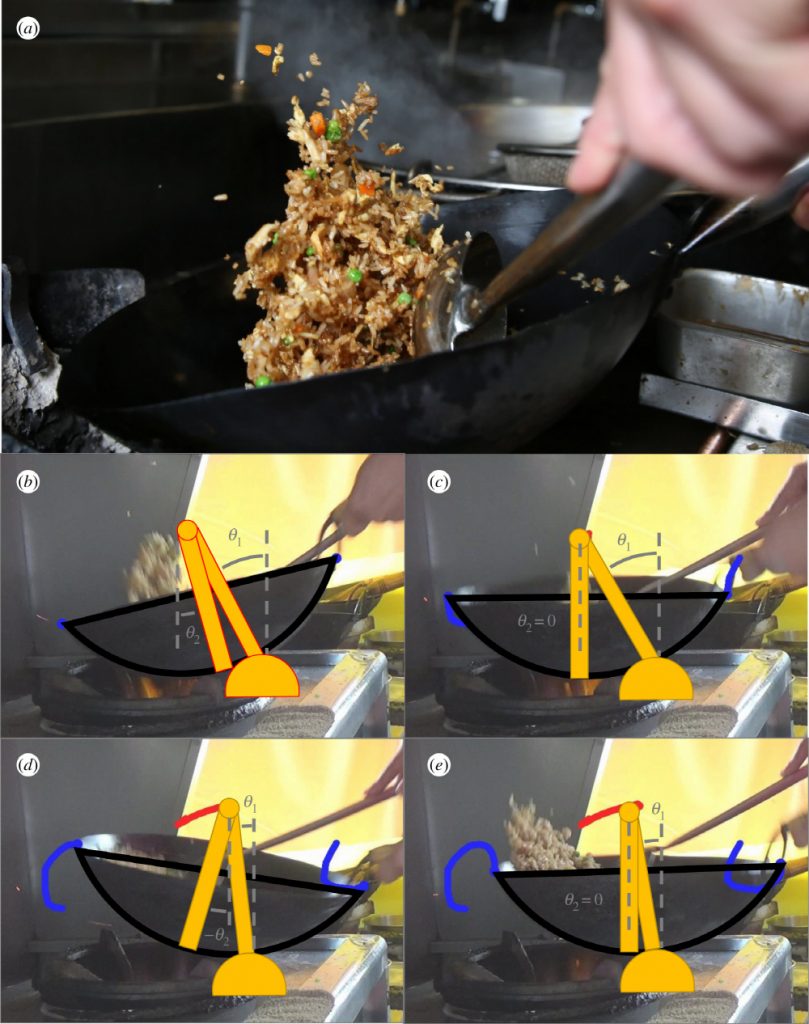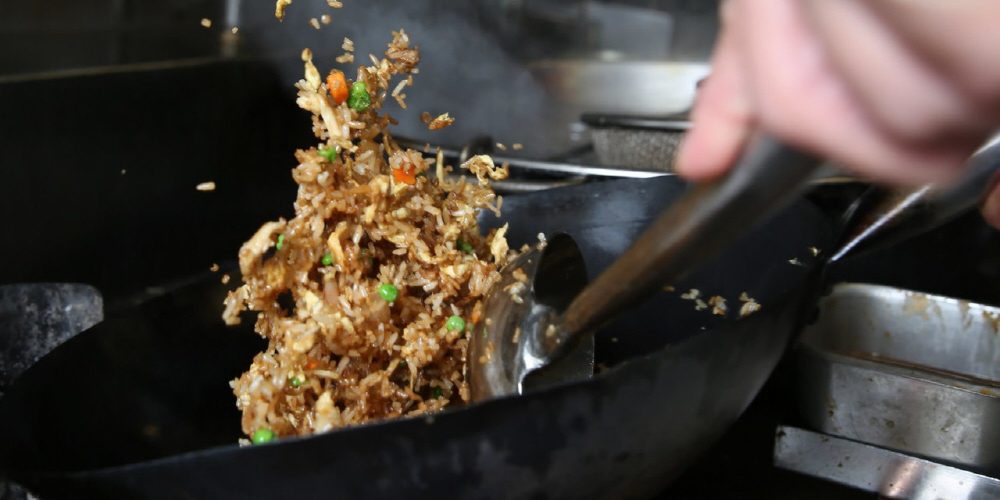Fried rice is said to have a history of 1,500 years. It may seem similar, but the skill of the chef wielding the wok depends on the skill of cooking at high temperatures to slightly smoke and leave an exquisite taste.
A study by the Georgia Institute of Technology research team focusing on the fast movement of the frying pan during the process of making fried rice and suggesting cooking optimization was published in the Journal of the Royal Society Interface.
Frying pans differ in shape and weight and can reach high temperatures of 1,200 degrees Celsius. The reason why using a frying pan adds exquisite taste is because amino acids react with sugar in protein. However, it burns if heated for a long time, so the cook holding the frying pan needs to shake his arm quickly to prevent this.

Accordingly, the research team points out that many Taiwanese chefs have shoulder pain, and proposes an optimal wok shake method to relieve the shoulder pain of professional chefs and make fried rice. The study photographed five chefs in Taiwan and China, analyzed the images, and created a mathematical model of the pan movement. According to this, it can be seen that the chef rarely lifts the frying pan, and basically moves the frying pan up and down like a pendulum or seesaw.
The research team used this model to simulate the motion of rice grains and calculate the movement of the fan required to move the material. As a result of analyzing the chef’s movement, it was found that the frequency of shaking the frying pan is approximately 2.7 times per second, and the speed increases with increasing number of shaking.
According to the simulation, the optimum speed for shaking the frying pan is 3 times per second at an angular phase difference of 57 degrees. Basically, it is important to maximize the travel distance of the ingredients rather than putting them out through the end of the pot, so in addition to the back and forth movements such as a pendulum in the frying pan, the up and down movements like a seesaw are also required.
Some are not included in the simulation. For example, the movement is modeled only in two dimensions, and since the study focuses only on the wok movement, movement such as a spatula was not considered. The research team hopes that the contents of this research will help design a robot that makes fried rice in the future. Related information can be found here .


















Add comment